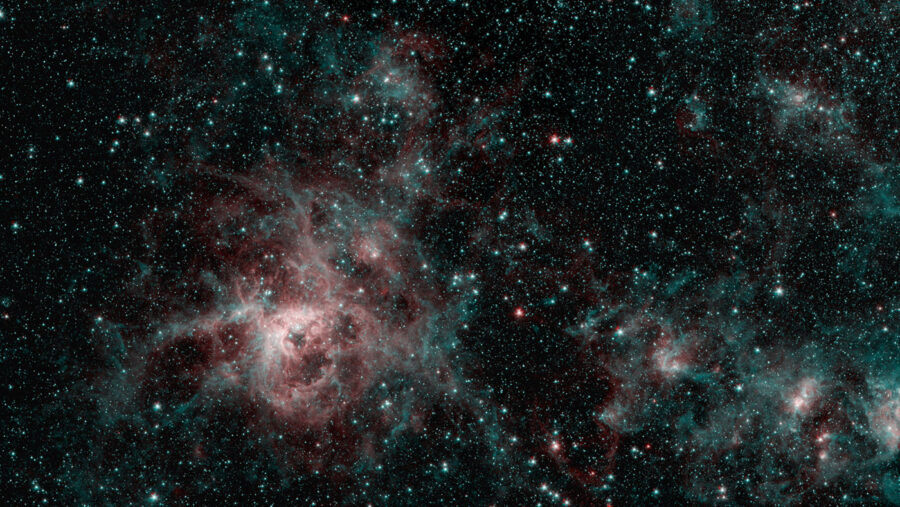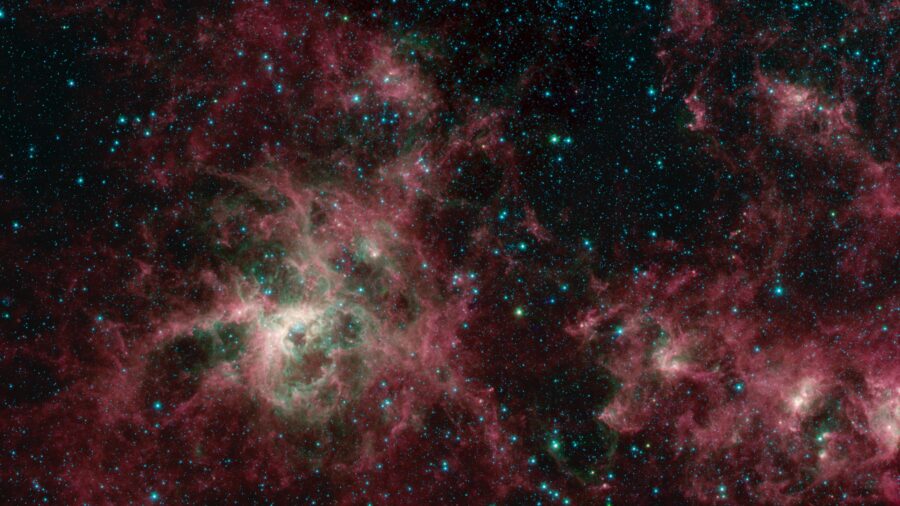NASA News: Changing Names Of Cosmic Objects To Eliminate Racism
We have the latest NASA news. Follow us into NASA's present and future of exploration.
This article is more than 2 years old
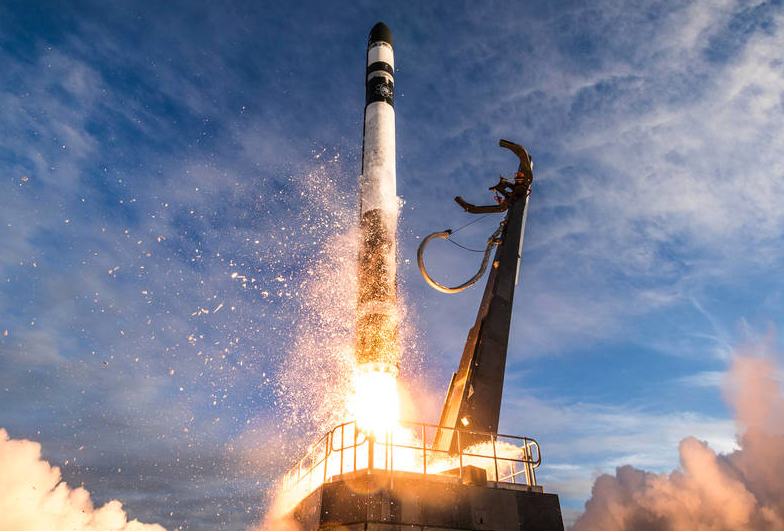
Since its inception in 1958, the National Aeronautics and Space Administration (NASA) has been the face of American space travel and exploration. Countless space trips, moon landings, and explorations to other planets have been the on-going mission NASA has undertaken. But what the latest NASA news on what the agency is actually doing now and what does NASA have planned for the future of American space travel and exploration?
We have the latest NASA news. Follow us into NASA’s present and future of exploration.
NASA Changes Cosmic Names To Seem Less Racist – August 9, 2020
NASA has announced that they’ll begin changing the nicknames used to refer to certain cosmic objects an effort to address systemic racism. According to this official announcement from the space agency, the process is still ongoing. However they are already changing the names of these objects…
- Planetary nebula NGC 2392 will no longer be referred to as the “Eskimo Nebula”.
- NGC 4567 and NGC 4568 will no longer be referred to as the “Siamese Twins Galaxy”.

Siamese Twin Galaxies 
Eskimo Nebula
Going forward NASA will just use those boring, number/letter designations for them because they say, “Our goal is that all names are aligned with our values of diversity and inclusion, and we’ll proactively work with the scientific community to help ensure that. Science is for everyone, and every facet of our work needs to reflect that value.” In their view, “Science depends on diverse contributions, and benefits everyone, so this means we must make it inclusive.”
Expect more name changes to come in the future. Several activist groups, for instance, have been strongly lobbying for the names of Black Holes to be changed. NASA is still deciding which other names they feel need to be changed in the name of inclusion.
America Returns To Space – May 27, 2020
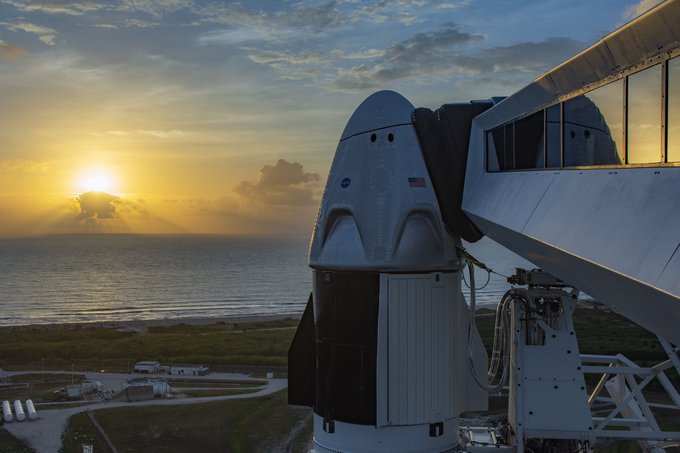
For the first time since the cancellation of the shuttle program in 2011, America is sending astronauts into space. Since 2011 Americans have had to hitch rides aboard Russian rockets, but now SpaceX is ready to take over.
This will be the first time ever that a commercial rocket will take human beings into outer space. SpaceX has heavily tested their Falcon 9 rocket pulling off numerous successful unmanned missions with it. They’ve been carrying cargo with automated launches to the International Space Station for years. Now they’ll take the next step and start carrying actual crew.
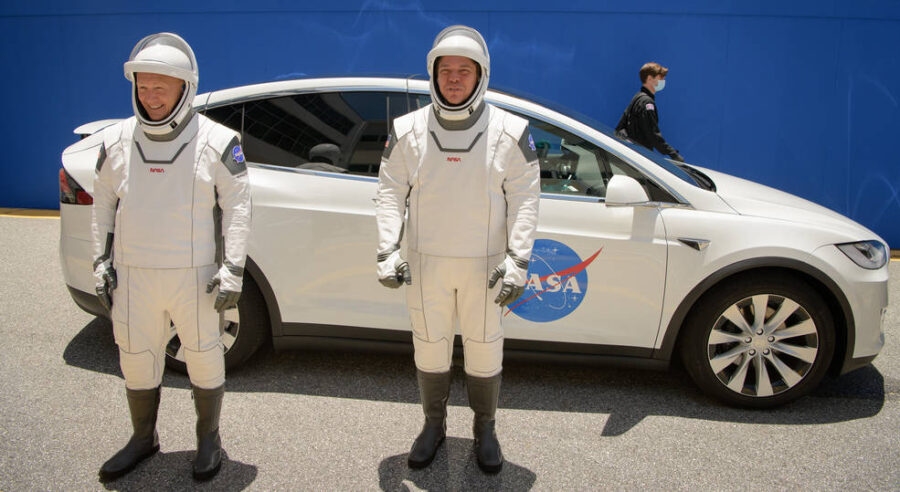
The crew are two astronauts: Col. Doug Hurley and Col. Bob Behnken. Both have been tweeting all morning and seem ready. Here’s how Doug Hurley spent his last moments on planet Earth…
And here are the two astronauts looking happy and healthy in pre-flight quarantine…
Watch the launch live as it happens, with coverage starting at 12:15pm EDT and launch at 4:33pm EDT below…
Incredible New Image Of Jupiter – May 10, 2020
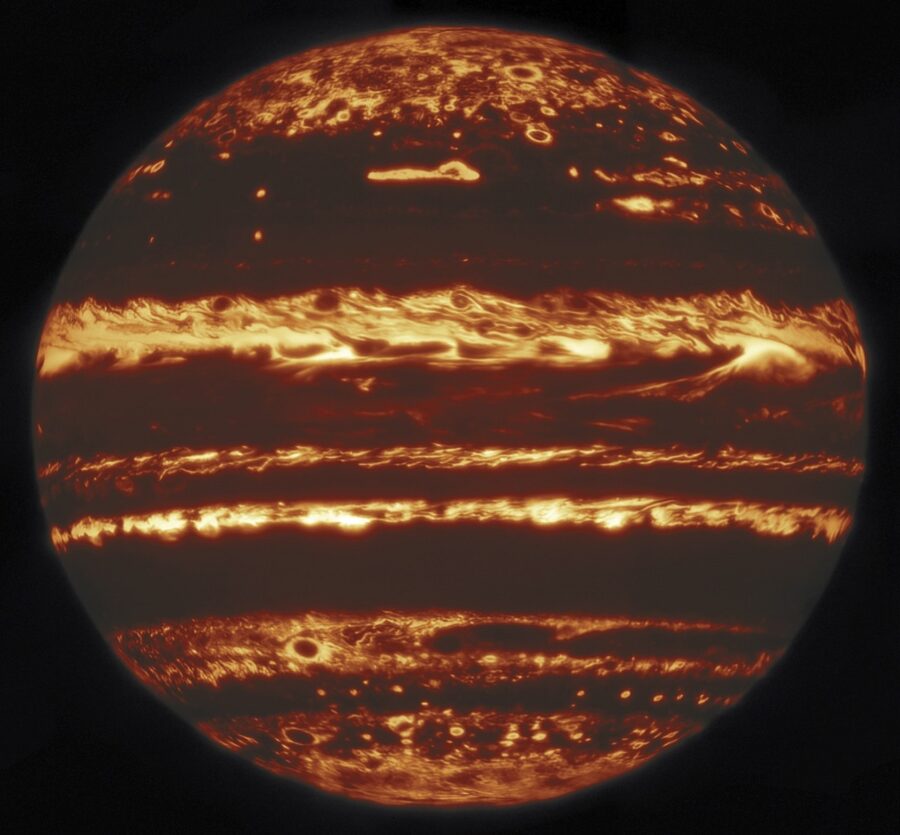
The above, incredible new image of Jupiter was recently taken by the Gemini North telescope on Hawaii’s Maunakea. It’s the highest resolution image ever taken of Jupiter from the ground and it shows us the planet in a way we’ve never seen it before.
Here’s how the team that took the image describes what you’re seeing: “The Gemini images, when combined with the Hubble and Juno observations, reveal that lightning strikes, and some of the largest storm systems that create them, are formed in and around large convective cells over deep clouds of water ice and liquid. The new observations also confirm that dark spots in the famous Great Red Spot are actually gaps in the cloud cover and not due to cloud color variations.“
The image was taken using a technique known as “lucky imaging”. Basically that means they took a huge number of very short exposure images. Most of those images end up being blurry because they’re obstructed by Earth’s atmosphere. But every one in a while, you get a lucky image that happens to be taken when the atmospheric interference clears for a brief moment. All the “lucky images” are the combined into one composite mosaic.
Turning The Moon Into The Death Star? – April 16, 2020 NASA News
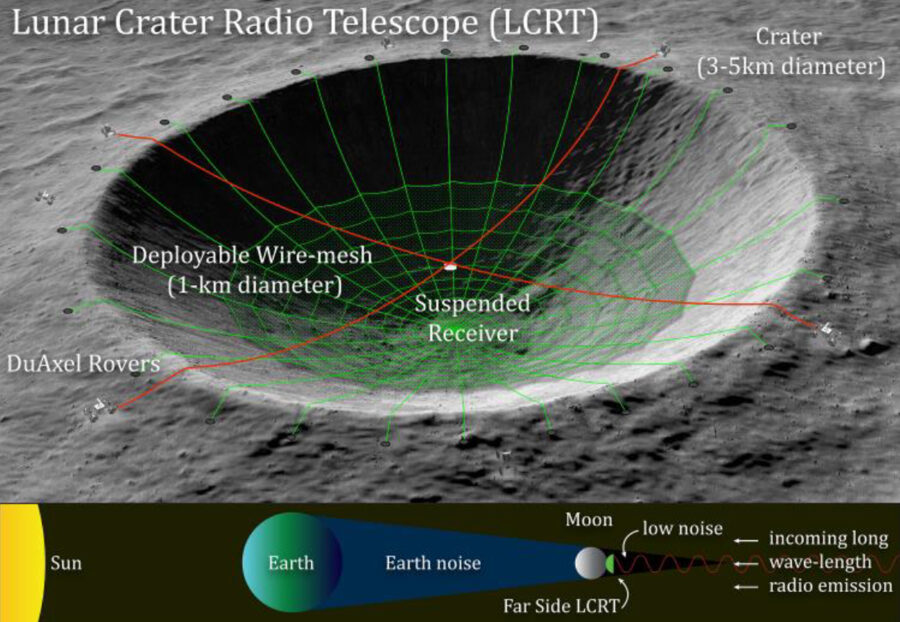
NASA recently unveiled a plan to build a lunar telescope in a crater on the far side of the moon. The benefits to doing so are obvious and it would give them an unprecedented ability to look out at the cosmos. But as you can see from the photo above, their plan actually looks a lot like they’re trying to turn the moon into the Death Star from Star Wars.
Here’s our old friend the Death Star from Star Wars for comparison…
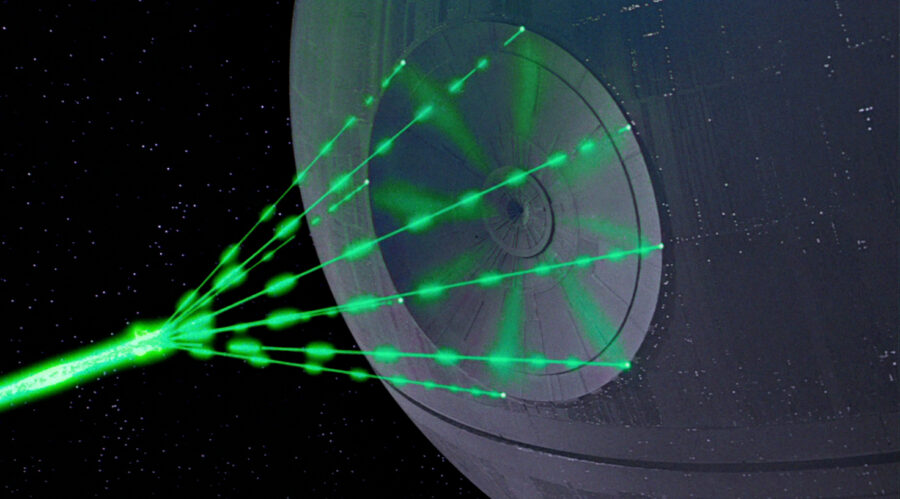
That’s no moon! Oh wait, no it is a moon.
A COMET HALF THE SIZE OF OUR SUN ON APPROACH – April 3, 2020 News
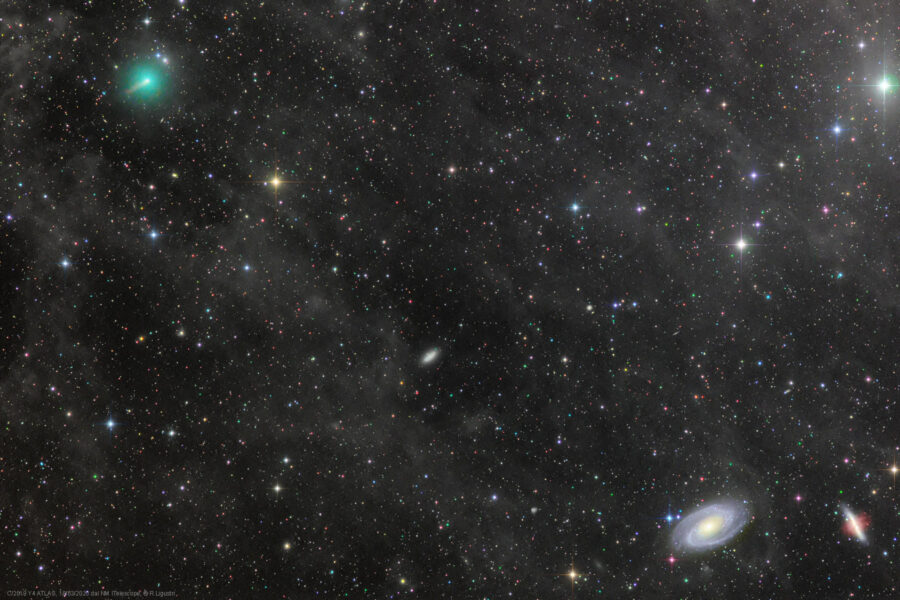
A comet half the size of our sun and five times the size of the planet Jupiter is currently blasting through our solar system, and it’s bright green. The comet is named ATLAS and it measures 447,387 miles in diameter. For comparison, the Earth itself is only around 7,900 miles in diameter.
ATLAS’s large size is due mostly to the gasses around it. The size of the comet’s icey core is unknown but could actually be only a few miles in diameter.
ATLAS will pass Earth at a distance of 72 million miles, which means it’s not even close. But it’s still noteworthy for its prodigious size.
Comets this big have passed through our solar system before. In the year 1811 a comet passed through our solar system which was as big as the sun itself. In 2007 Comet 17P/Holmes passed through and had a similarly huge size.
Currently ATLAS is putting off as much light as an 8th magnitude star. It’s green due to the emission of gaseous C2, according to the Space Weather Archive.
THE MARS COPTER IS READY – April 2, 2020 NEWS
NASA is sending a new rover called Perseverance to Mars in 2020. As part of that package they’re also sending a helicopter.
The latest news on NASA’s Mars Helicopter is that they’ve just finished their final test of the vehicle. And you can watch it in action below…
The NASA Mars Helicopter will be the first aircraft ever to fly on another planet. The vehicle weights only four pounds and uses solar cells to recharge its batteries and, hopefully, keep it flying around Mars for a long, long time. It has the capability of reaching a maximum height of 16 feet in the air and when on Mars its rotors will spin at 2,500 revolutions per minute.
NASA REPORTS A PLANET-KILLING ASTEROID IS HEADED TOWARDS EARTH
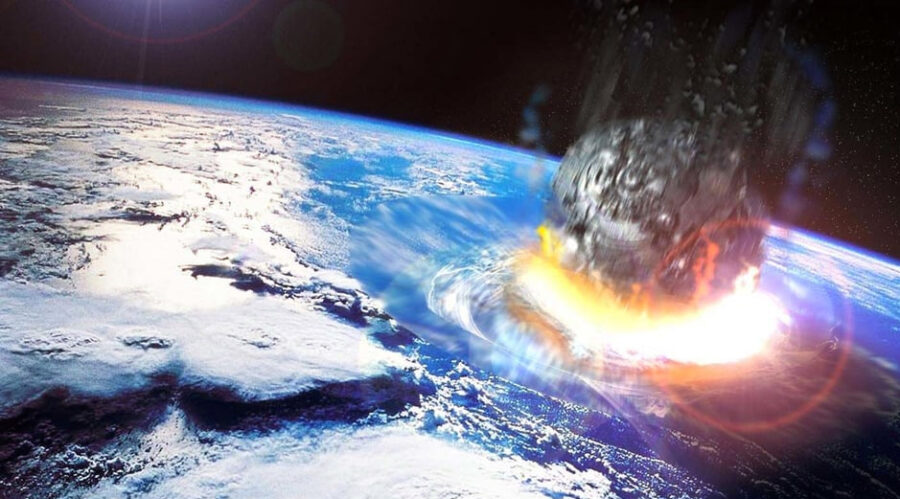
Asteroids pass by Earth all the time. Most recently one passed by us in a February 2020 near miss, and that was around the size of a skyscraper. But right now NASA is tracking something special: An asteroid 2.5 miles wide heading straight towards planet Earth.
According to the Planetary Society any asteroid bigger than .6 of a mile is big enough to wipe out all life on Earth. This one is a lot bigger than that. They say an asteroid of this size would create, “a crater of 10km or more: global devastation and possible collapse of civilization.””
The rock, currently dubbed 52768, is moving at a speed of over 19,000 miles an hour. It’s about the size of Mount Everest and if it hit our planet it would totally wipe out our entire civilization.
52768 is projected to miss hitting Earth by around 3 million miles. To put that in perspective, the moon is roughly 268,000 miles away. The asteroid will pass by us on April 29, 2020.
We got lucky, this time, but Astronomers estimate that objects like this have a 1 in 50,000 chance of hitting Earth every 100 years. It’s going to happen, eventually. And we’ve done nothing to prepare.
This asteroid is huge. It’s Michael Bay movie level huge. If its course altered just a little and it impacted Earth, it would trigger a nuclear winter and wipe out all life on the planet. The asteroid is classified as an “Apollo” asteroid, which means it will intersect Earth’s path around the sun. It’s also a PHA or Potentially Hazardous Asteroid which means if it hits us in one of its trips intersecting our path, we’re all dead. Luckily, this time it’ll pass and leave us unharmed.
PALE BLUE DOT
NASA’s news blog reminded us that on February 14, 1990 NASA’s Voyager spacecraft sent home one of the most famous photos of all time. It has become known as Pale Blue Dot, and the image showed what Earth looked like from far, far away. In the image, Earth is nothing more than a tiny speck.
To celebrate the anniversary of that famous image, NASA has used modern technology to reprocess Pale Blue Dot, and give us an even better look at how tiny and insignificant we are in the cosmos. Here’s the new image, processed with modern imaging technology…
The new image does a better job of showing the scattered rays of sunlight streaming through the vast blackness of space. And that tiny, tiny dot captured in one of the rays? That’s you, me, and everyone we’ve ever known and ever will know. Everyone who has ever lived and died all in one, tiny, pale blue dot.
Here’s the original Pale Blue Dot image, before being processed with modern software to clean it up…
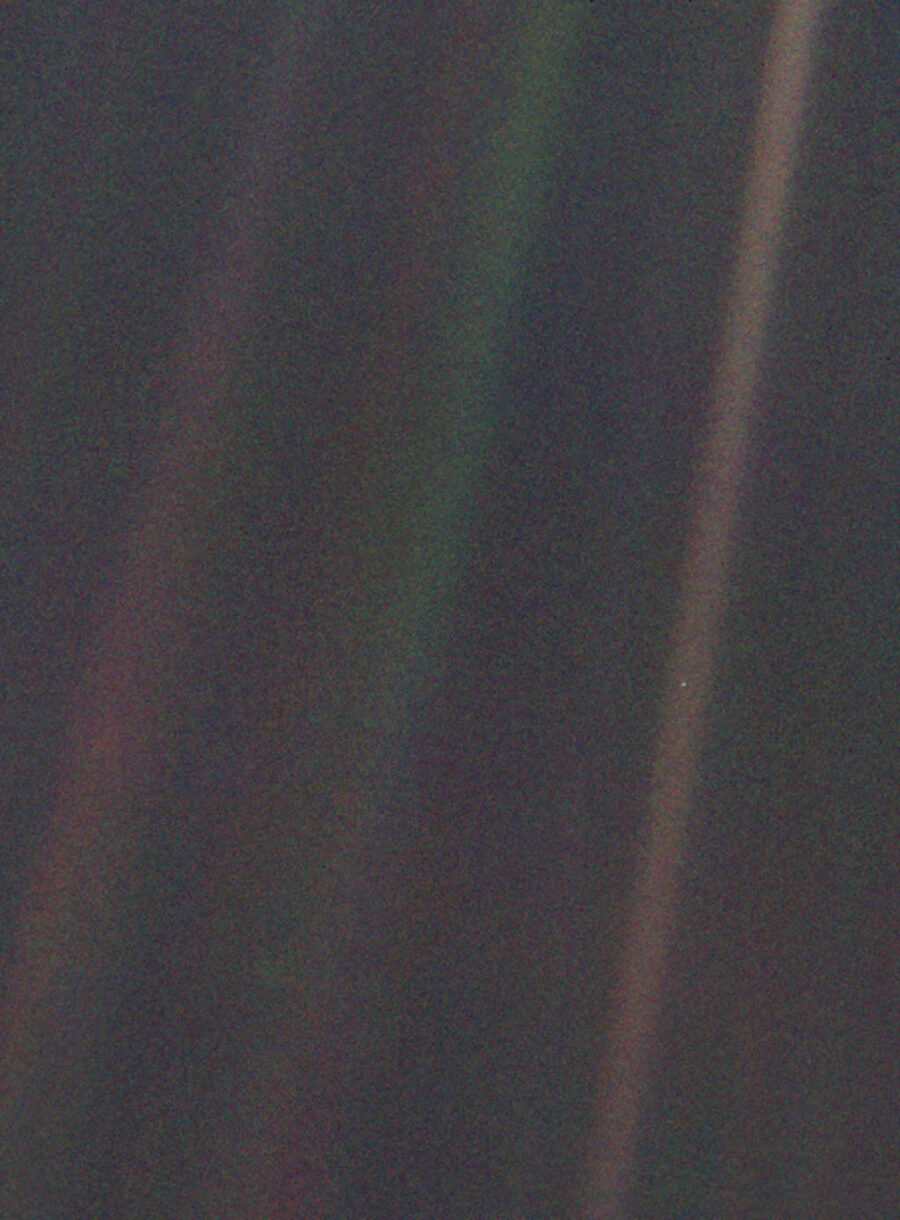
NASA NEWS: RETURNING TO THE MOON
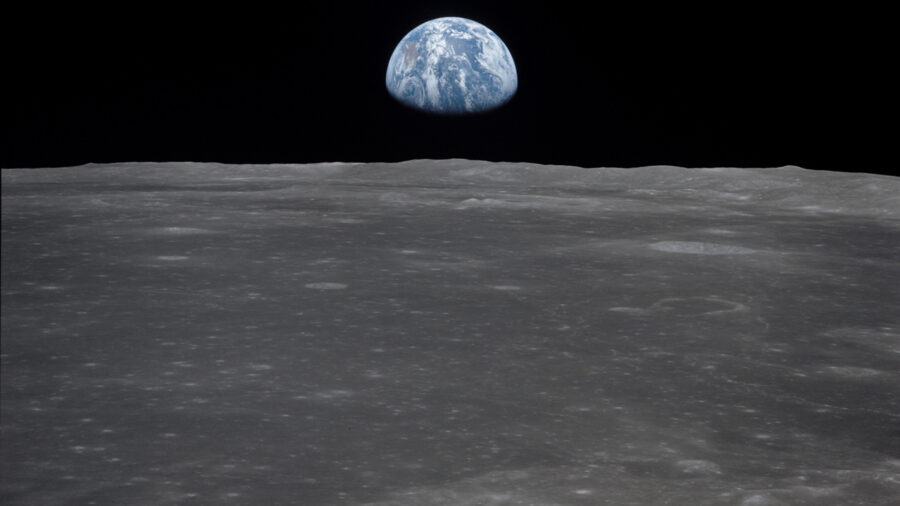
The latest is that NASA is going back to the moon next year. And then they’ll go back again, once a year, every year for the next decade.
The American space agency laid out their plans in the news as part of their latest Budget Estimates. The first mission to the moon launches in 2021. That mission would be uncrewed, but they’ll launch their first crewed mission in 2024. NASA news reports are calling this NASA’s Artemis program.
Missions back to the moon have been planned before, only to see them scrapped for various reasons. That’s changing. Now we’re moving faster. NASA planned for the U.S. to head back to the moon by 2028, but Vice President Mike Pence stepped in, instructing NASA to get a man on the moon by 2024. This brings us to the latest news from NASA on the Artemis program.
NASA’s goal with Artemis is many. First, it will establish a human presence back on the moon. Along with this human presence is the announcement that not only will humans once again occupy the moon’s surface, but one of the human’s stepping foot on the moon will be the first woman. It will truly be an amazing time for NASA and Americans alike.
Secondly, NASA plans to explore more of the moon’s surface than ever before. In collaboration with commercial partners as well as international ones, the goal here is to create sustainable exploration that will allow them to plan out NASA’s next big adventure.
Since 1972’s Apollo 17, not one American, in fact not one person, has set foot on the moon. We are talking over 47 years without one human being stepping foot on Earth’s closest neighbor. What gives? According to most pundits, the Cold War is what gives. When America was sending the Apollo crews to the moon, it was pretty much a race against Russia. The Cold War pushed the agenda. Since the last landing, the agenda has obviously shifted.
EXPLAINING THE SCIENCE BEHIND MEMES
The internet has been blowing up with photos and videos of people making their brooms stand up in the middle of the floor without the aid of, well, anything. Apparently, people who hadn’t actually used a broom before, thought this was some kind of magic which only works on February 10th every year, and they pushed that notion by lying and saying their information came from NASA news. Here’s an example of just one of the many thousands of these tweets…
So NASA has stepped in to help explain that it’s really just simple science. They’ve posted the following video on February 11, to help people calm down…
INVESTIGATING OUR SUN
A joint mission between NASA and the European Space Agency launched from Cape Canaveral on February 9, 2020 with the goal of investigating our sun. Their Solar Orbiter was delivered into space by one of NASA’s massive, workhorse Atlas rockets. Watch the launch below…
The news is that Solar Orbiter cost a whopping $627 million to build and it contains a complex suite of devices for measuring the sun’s surface and examining the area of space near it. It’ll be two years before the Solar Orbiter actually reaches where it needs to be to begin its mission.
Of the Solar Orbiter’s mission the ESA Director of Science says, “As humans, we have always been familiar with the importance of the sun to life on Earth, observing it and investigating how it works in detail, but we have also long known it has the potential to disrupt everyday life should we be in the firing line of a powerful solar storm.. by the end of our Solar Orbiter mission, we will know more about the hidden force responsible for the sun’s changing behavior and its influence on our home planet than ever before.”
We can’t actually get very close to our sun without burning up, of course, but thanks to new technology we can get a closer look at it than ever.
The National Science Foundation’s Inouye Solar Telescope is being used to examine our sun and researchers have been able to take the closest ever photo of our sun’s surface. Here it is…

NASA news describes what you’re seeing in the photo this way: “The cell-like structures – each about the size of Texas – are the signature of violent motions that transport heat from the inside of the sun to its surface. Hot solar material (plasma) rises in the bright centers of “cells,” cools off and then sinks below the surface in dark lanes in a process known as convection. In these dark lanes we can also see the tiny, bright markers of magnetic fields. Never before seen to this clarity, these bright specks are thought to channel energy up into the outer layers of the solar atmosphere called the corona. These bright spots may be at the core of why the solar corona is more than a million degrees!”
Until now this was the best ever image we’d been able to get of the sun’s surface…
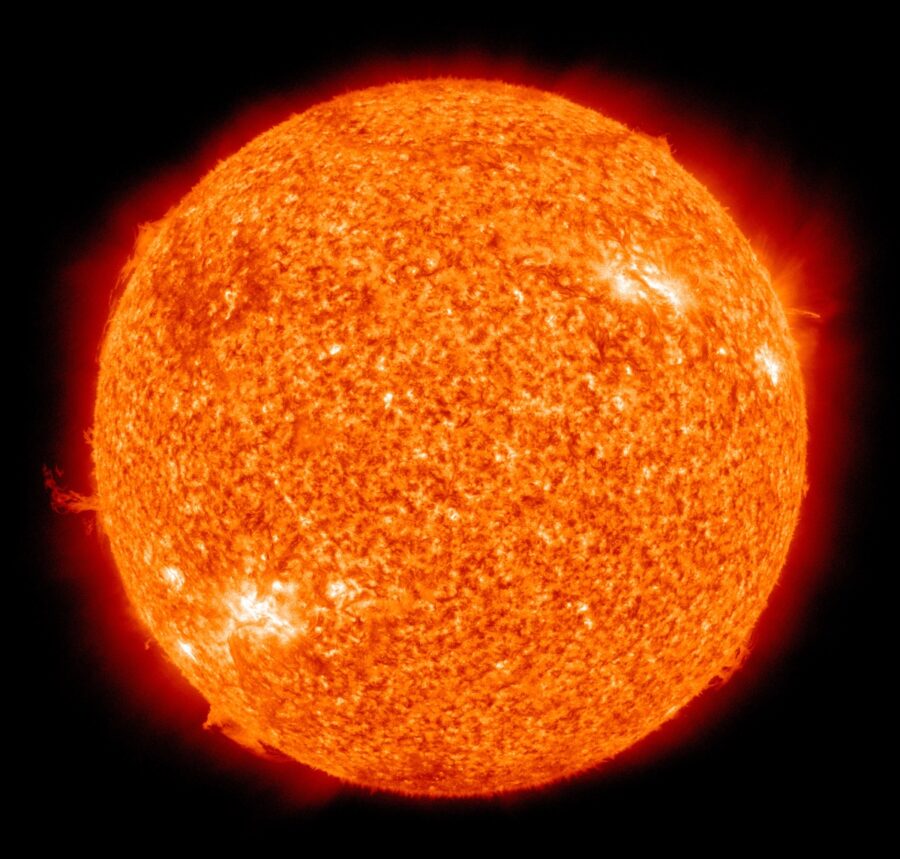
You’d never guess from that photo that the sun’s surface actually looks like peanut brittle.
SHUTTING DOWN THE SPITZER SPACE TELESCOPE
NASA news reports that the agency shut down the Spitzer Space Telescope this week. The satellite had been taking incredible pictures of our cosmos for more than sixteen years, but on January 30, 2020 the telescope was locked in Safe Mode, not to be reactivated.
Before NASA ended Spitzer’s mission it took one last stunning photo in two different color wavelengths. Here it is…
This annotated version of the image, below, shows the location of Supernova 1987A and the starburst region R136. In these places massive stars form at higher rates than any other place in the galaxy.
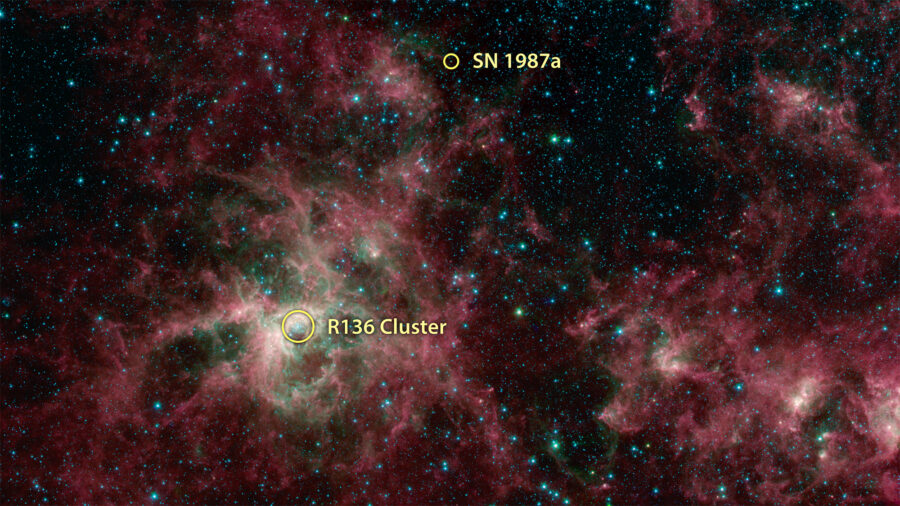
The Tarantula Nebula was the first target of the Spitzer Space Telescope when it began its mission back in 2003, so it’s fitting that its also the place where it would end.
NASA NEWS ON EARTH
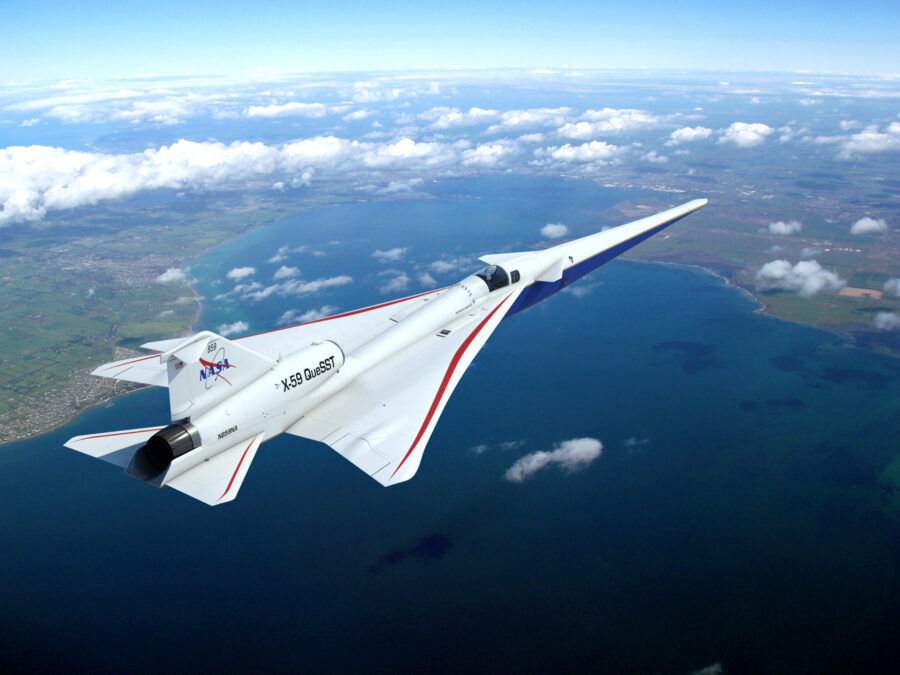
In addition to their plans for space NASA news reports reveal they are working on projects closer to home. These projects aren’t always space-related as some are intended to help make life on Earth a little easier.
Exploring Earth is an overreaching newsworthy NASA project that begins in space but instead of looking out, it is looking back at Earth. Using the many satellites at its disposal, NASA monitors the Earth’s vital signs in hopes to understand just how the planet is changing. NASA also uses these satellites in conjunction with its many ground-based observation posts to fully monitor the changes in both land and sea.
NASA recently was cleared to move forward on its X-59 Quiet Supersonic Research Aircraft, the first piloted X-plane in over three decades. The excitement for this is that the X-59 will be shaped in such a way to reduce or completely negate the sonic boom it causes when flying. The plan is to fly the X-59 above select U.S. communities and gather data from sensors that will help determine new rules so supersonic commercial air travel can take place over land.
NASA NEWS ON THE RED PLANET
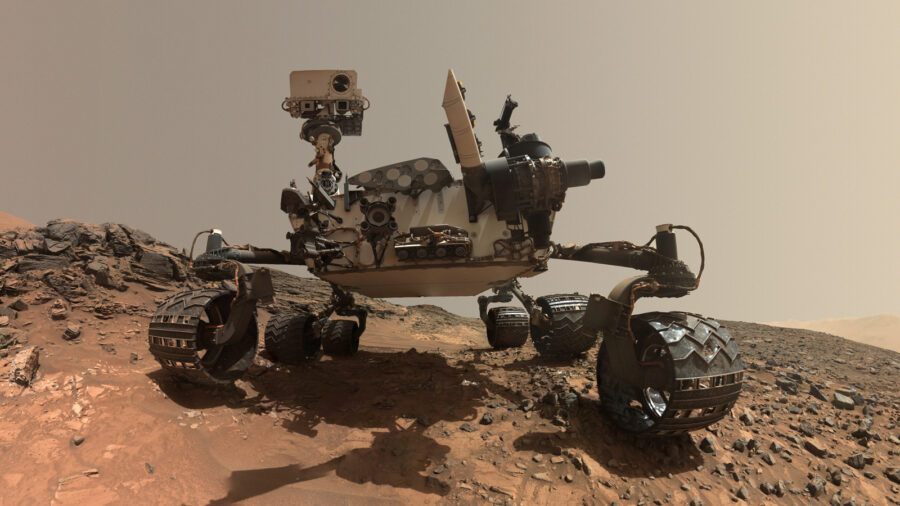
Mars. Not that this is a new adventure, per se, as NASA has had fly-bys and Mars landings in the past. Its Curiosity rover has been on the red planet since 2012, sending back amazing photos and information that NASA has used to gain the knowledge necessary for Mars exploration.
Now, the Mars 2020 rover is on track to launch in the July window. This new rover is similar to the Curiosity, but weighs 278 more and is compared to a mini-Cooper. What separates these two rovers is what they are on the red planet to accomplish. Mars 2020 is designed to do what no other rover can. And that is to take samples of Mars surface and place them in hermetically sealed test tubes. These test tubes will be set down for a future Mars expedition to pick up and bring back to Earth for scientists to study.
As announced to various news outlets NASA plans to drop the Mars 2020 in an ancient river delta in the Jezero Crater. A lake filled this crater and the hope is to find evidence of a single-cell organism. Life.
This is not the only mission NASA is working on when it comes to Mars. Their InSight Mission is a Mars lander that plans on studying the inside of Mars, its crust, mantle, and core. NASA wants to answer questions about the formation of the planet by studying its tectonic activity and any meteorite impact they’ve had on the planet. This lander will be using cutting edge equipment to get under the surface of Mars so it can measure its vital signs: the pulse, temperature, and reflexes of the planet. Its an ambitious mission, one that has another goal for NASA.
Along with the lander, NASA also included two mini, briefcase-sized spacecraft they call Mars Cube One. They were launched behind InSight and are testing miniature deep space communication equipment. NASA was excited to say that mission was a success as these deep space comm units were able to relay data back as they entered the Mars atmosphere and when it landed on the planet.
Of course, all this NASA news is set up for a manned mission to Mars. The goal of NASA on the red planet is creating a human habitat for the first Mars manned landing. The red planet has always held a fascination around the world and the push to find life or see if life can be established is a goal that NASA aims to figure out.
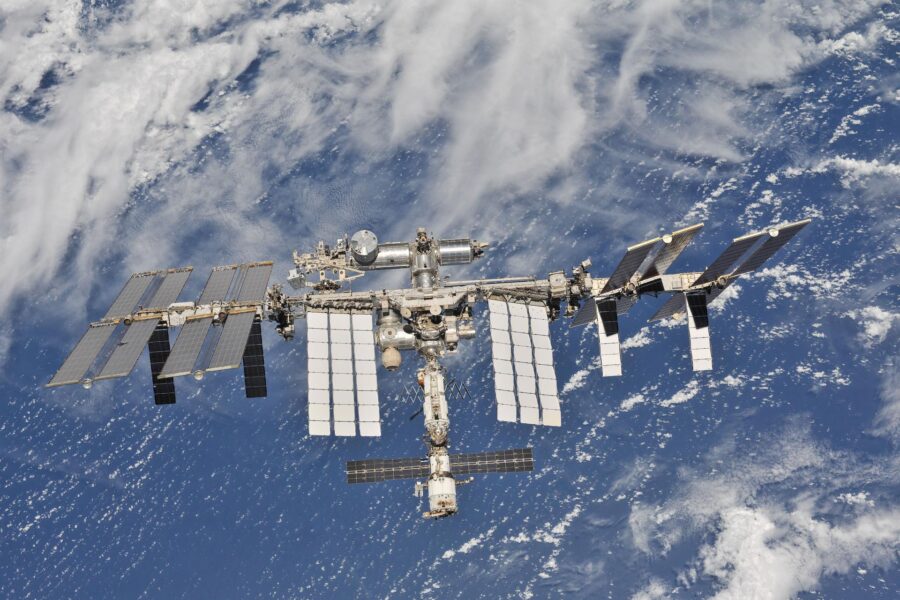
ONGOING MISSION: INTERNATIONAL SPACE STATION (ISS)
For over 19 years the ISS has been occupied by human presence. The first long-term habitation was a three-person crew, astronaut Bill Shepherd and cosmonauts Sergei Krikalev and Yuri Gidzenko, on the Expedition 1. This continuous presence is a joint venture of five countries: NASA (United States), ESA (Europe), Roscomos (Russia), JAXA (Japan), and CSA (Canada).
ISS is set in the low Earth orbit, making it viewable with the naked eye. Over its 19 years, countless missions and experiments have been conducted that include astronomy, physical sciences, materials science, meteorology, space weather, and human research which involves life sciences and space medicine.
At the present time, the ISS houses a crew of six from three different countries. These astronauts conduct experiments testing different fire safety measures and materials among the missions they are set to accomplish.
ISS is vital in how humans approach space travel and habitation. Its on-going mission has proven invaluable as not only astronauts have made their way to the space station, but space tourists as well. While the number of tourists is small, the future of space tourism is beginning to grow. In fact, commercial activities on ISS are starting to flourish too.
More than 50 companies have a presence on the space station conducting research and development. NASA is also working to install more than 14 commercial facilities with 10 different companies that support NASA’s research projects.
On top of the commercial projects, in other news NASA has announced it will allow private astronaut missions for a stay of up to 30 days. They say they will be able to accommodate up to two short-duration missions per year, as long as the market can support it, with a planned first mission to go in 2020. The missions will be privately funded but the mission will also use a U.S. spacecraft that will be developed under NASA’s Commercial Crew Program.
The price, you ask? American engineer Dennis Tito reportedly paid $20 million in 2001 to spend 8 days in space. Guy Laliberté, the co-founder of Cirque du Soleil, forked over $35 million in 2009 for an ISS trip. Since 2011 when NASA stopped its space shuttles, it has been using the Russian spacecraft Soyuz to rocket astronauts into space. They now hope to end this with their Boeing Starliner capsule and start their “taxi” service to ISS. The seats on Starliner are expected to fetch close to $58 million.
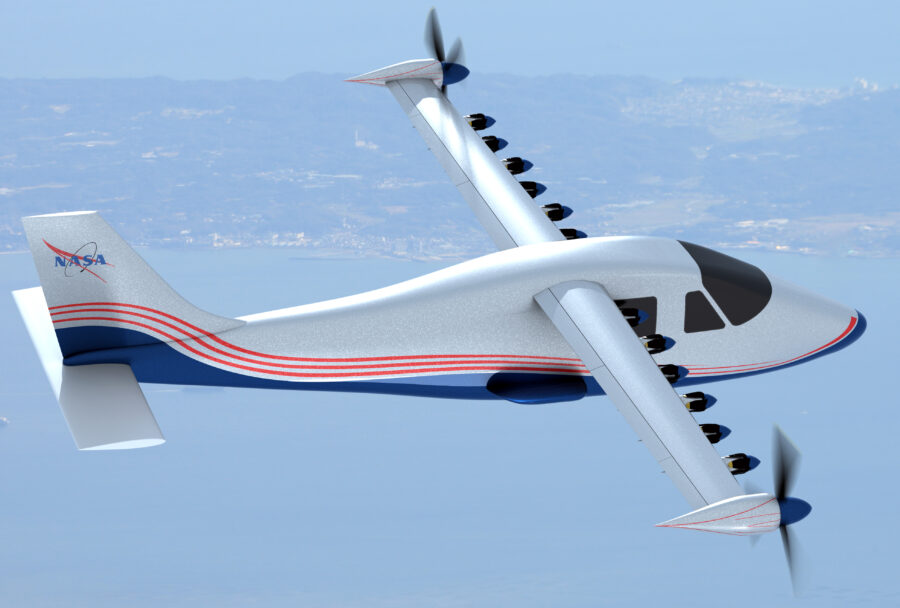
OTHER NEWSWORTHY NASA ADVANCEMENTS
While NASA continues to make news with big missions, they are involved in smaller affairs that are just as important.
The X-57 will be NASA’s first all-electric X-plane. Its goal is to show the benefits of electric propulsion.
Landsat 9 will be launched in 2020. This satellite will continue NASA’s ability to monitor human and natural causes or change on Earth.
Surface Water and Ocean Topography (SWOT) launches in 2021 and is a satellite mission jointly developed with Centre National D’Etudes Spatiales (CNES) and the United Kingdom Space Agency and Canadian Space Agency (CSA). This mission is set in the hope to get a better understanding of the world’s oceans.
Cyclone Global Navigation Satellite System (CYGNSS) is also a NASA mission. This will use GPS technology (the same used in cars) in eight micro-satellites which will measure wind speeds over Earth’s oceans to allow scientists a better understanding of hurricanes and hopefully the ability to predict when they will form.
NASA is a busy bunch. They touch on every aspect of life on Earth, but their sights are always set higher. It is an exciting time for space exploration, NASA is proving that with its push to answer that one question we all have on our mind: Is there life out there?

